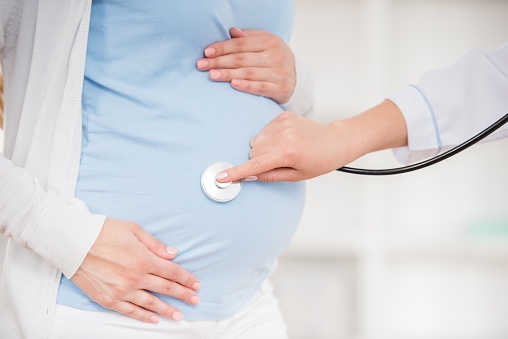 More accurate due dates are something both mother and medical professionals want. But is it something possible to achieve? Ultrasound scans are helpful but they can only give an estimate date.
More accurate due dates are something both mother and medical professionals want. But is it something possible to achieve? Ultrasound scans are helpful but they can only give an estimate date.
Predicting when a woman is likely to give birth is an inexact science. It is also a question with important medical and personal implications. A meta-analysis published this week in BJOG: An International Journal of Obstetrics and Gynaecologysheds some welcome light on the subject.
Predicting exactly when a woman is likely to go into labor has always been challenging; only 5% of women go into labor on their exact due date.
For about 90% of women who are overdue (a pregnancy lasting over 42 weeks), contractions begin on their own within 2 weeks of the due date. But the exact date within those 2 weeks is frustratingly difficult to predict.
Of course, most women do not know the exact date the baby was conceived, and as such, any due date given can only be an estimate.
Currently, the best methods for predicting the date of a child's birth are either by using the last menstrual period as a starting point, or by measuring the fetus size with an ultrasound scan. Neither of these methods are without some measure of inaccuracy.
An analysis carried out by Dr. Vincenzo Berghella, at Thomas Jefferson University Hospital and the Sidney Kimmel Medical College at Thomas Jefferson University, hopes to paint a slightly more accurate picture.
There are a number of reasons why people desire a more accurate prediction for their due date. As Berghella explains:
"Women always ask for a better sense of their delivery date in order to help them prepare for work leave, or to make contingency plans for sibling-care during labor. These are plans which help reduce a woman's anxiety about the onset of labor."
On top of these more logistical issues, there are very real health concerns, too:
"Women with a higher risk of stillbirth may be better off receiving a labor induction if the cervix is still long at her due date, since the chances of timely spontaneous birth are low, for example."
Cervix measurement of more or less than 30 mm is key
Currently, cervical length is measured in women who are considered at risk of a premature birth. The shorter the cervix, the more imminent the birth will be. This method of transvaginal ultrasound is considered a gold standard for predicting early births.
During pregnancy, the cervix hardens in order to keep the fetus from dropping into the birth canal. As the due date draws near, the cervix softens. This softening causes the cone shape of the cervix to shorten and flatten, which can be used as a signal that the birth is imminent.
This precision has led a number of researchers to investigate a link between cervical length and birth at term - the hope being that if it can predict an early birth, it might have the same use for longer pregnancies.
These studies matching cervical length after 40 weeks of pregnancy, to date, have been inconclusive and sparked lively debate in the field.
Berghella has reopened this line of investigation and scooped together data from five different studies; the data included 735 women with single-child pregnancies who had babies in the standard head-down position.
This increase in data has given the research team a new and improved overview of the field of study and garnered some interesting results:
The researchers found that when the cervix measured more than 30 mm at a woman's due date, she had less than a 50% chance of delivering within 7 days. However, when the cervix measures 10 mm or less, women had more than an 85% chance of delivering within 7 days.
The results of the study give a glimmer of hope to mothers who are facing an uncertain stretch of time before they give birth. Further study in the area and its consequent analysis will help solidify these findings.
Related Articles:





